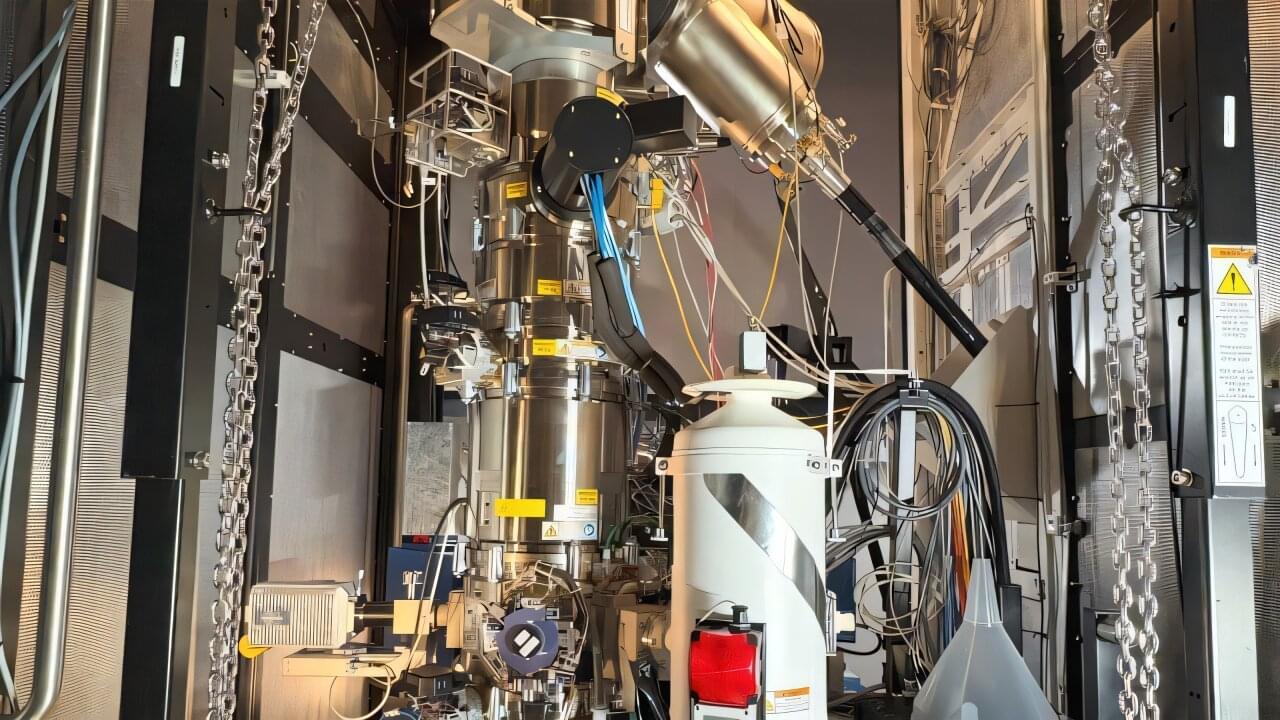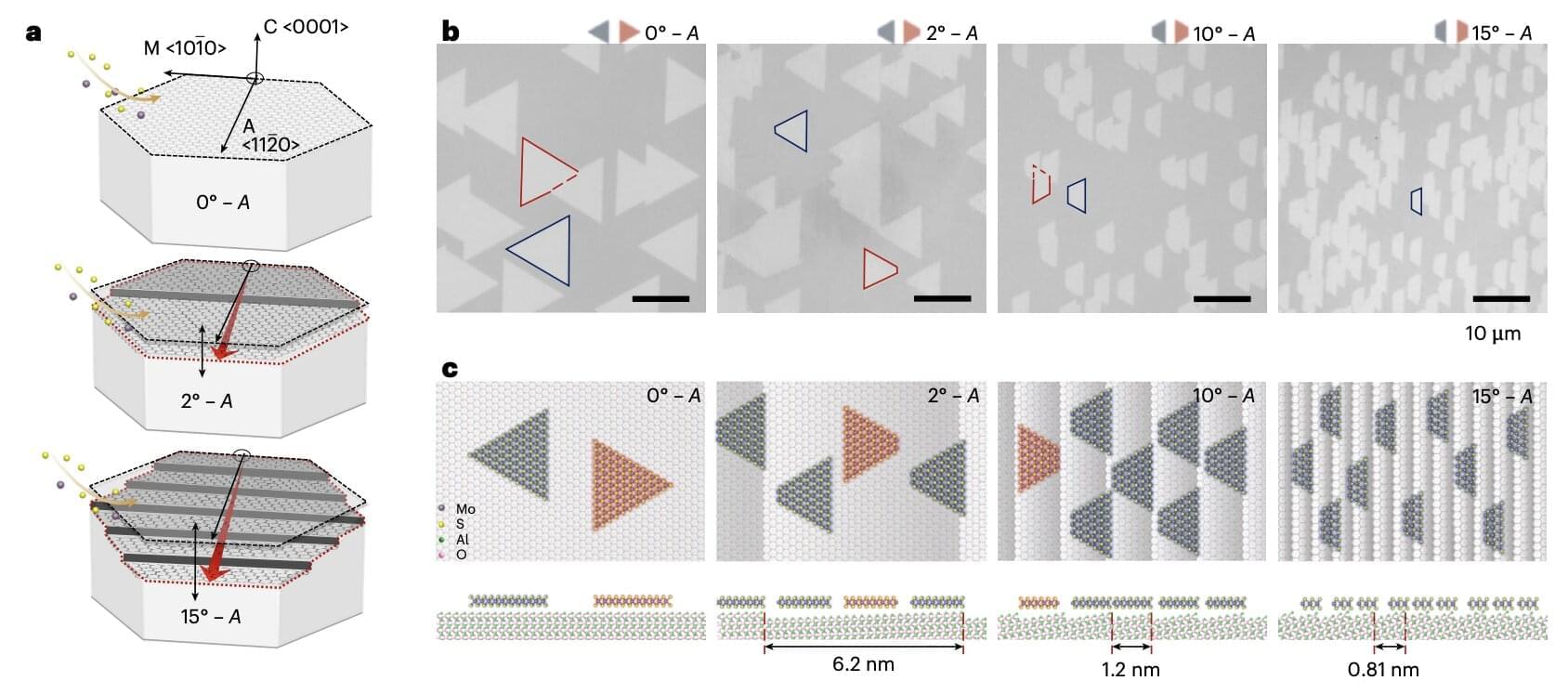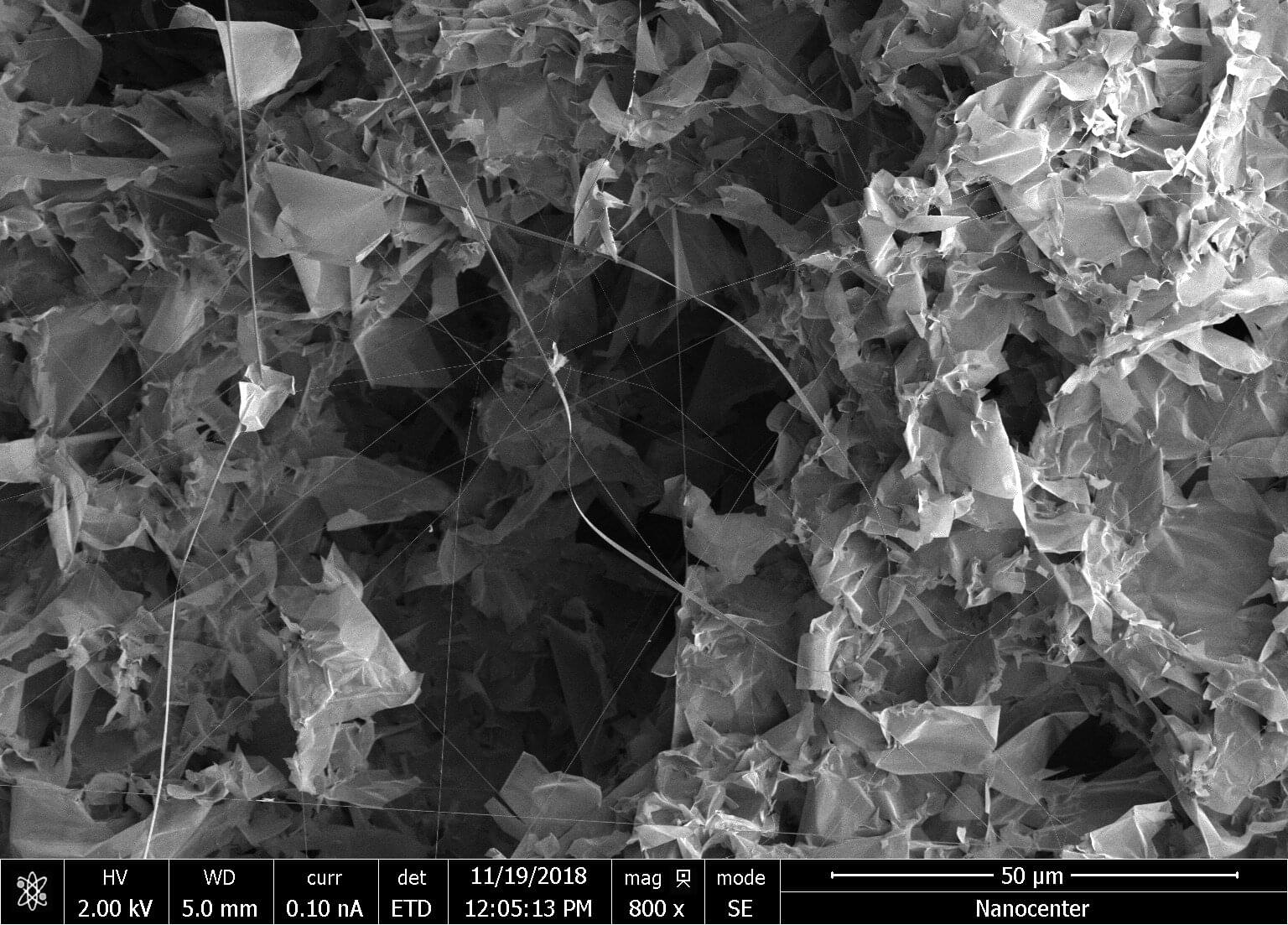Researchers have discovered how to design and place single-photon sources at the atomic scale inside ultrathin 2D materials, lighting the path for future quantum innovations.
Like perfectly controlled light switches, quantum emitters can turn on the flow of single particles of light, called photons, one at a time. These tiny switches—the “bits” of many quantum technologies—are created by atomic-scale defects in materials.
Their ability to produce light with such precision makes them essential for the future of quantum technologies, including quantum computing, secure communication and ultraprecise sensing. But finding and controlling these atomic light switches has been a major scientific challenge—until now.








